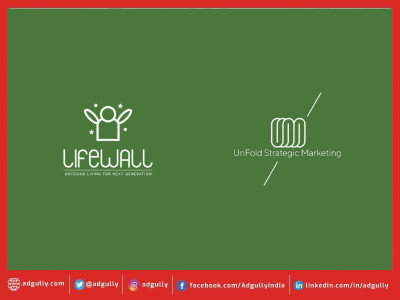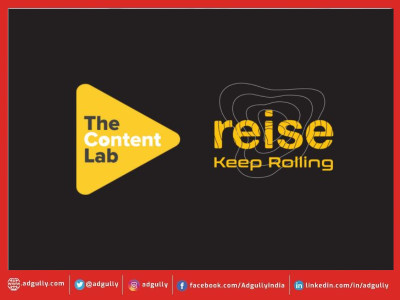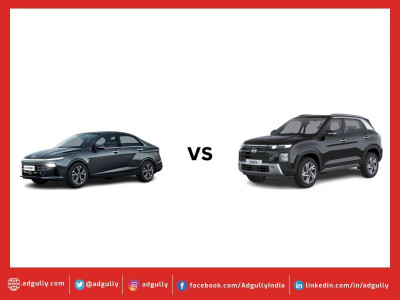The Changing Face of Marketing in an Increasingly Digital World
Authored by Atul Raja is Executive Vice President–Global Marketing at Wadhwani Foundation
In the new digital age, brands must recognize their strengths and then reinvent those to be more in line with the digital future. As digitization grows stronger by the hour, a ‘digital first’ approach to brands could be very different with marketing and brand communications at the threshold of a pivot, as we are witnessing massive changes in the dynamics between markets, customers and organizations.
- Changing the economics of marketing: The digital age has heralded an era where everyone can join the so-called advertising dogfight. Yes, those with huge budgets still have an advantage, but it’s no longer the decisive advantage of before. So, in a way, this is the beginning of a level playing field as it has revolutionized the reach of small businesses.
- Consumers are increasingly promiscuous in their brand relationships: They connect and engage with myriad brands due to the proliferation of new media channels beyond the manufacturer’s and the retailer’s control or even knowledge.
- Shifting nature of consumer engagement: The consumer journey begins by getting them into the consideration set: but the famous funnel metaphor no longer applies to today’s consumers who are assaulted by media and are flush with choices, and often reduce the number of products they consider at the outset.
- Ad blindness: ~50% of internet users today have consciously or subconsciously developed the propensity to ignore ad pop-ups. As a result, brand loyalty will perhaps become the bane of many marketers.
- Instant communication and 24x7 Customer Service: Organizations are expected to resolve issues at the drop of a hat, creating what would be best described as an “always-on” relationship with consumers.
- Being human and fostering intimacy is a ‘big’ brand asset: Brand success can no longer be just skin-deep. Today’s consumers are rational enough to identify and segregate marketing devoid of values and authenticity and will perceive it as shallowness.
- Inbound marketing has taken centre stage. Organizations cannot afford to ignore the sheer volume of inbound traffic. A typical pre-purchase action of customers today is to proactively do their research through search engines, social media, peer-to-peer conversations etc. This new consumer behavior trend has shifted the marketing focus from ‘brand push’ to ‘brand pull’.
- Immersive brand conversations led by a 360-degree view of the consumer are vital to a comprehensive E2E understanding of the customer by mapping the persona and buying patterns to listen to their preferences and motivations. In a nutshell, deep customer intelligence and insights are increasingly warming up marketers to the fact that deep customer understanding translates into unprecedented levels of customer engagement.
- Data-led marketing is key to ‘actionable’ planning and smart and intelligent decision-making. Access to consumer and market-led data throws up scenario-based situations that define strategies based on better insights. This translates into highly relevant and customized campaigns backed by scientific measurement into the ROI of marketing efforts.
- Content has taken pre-eminence over creatives: 3C’s have become very imp. ---create, curate, cultivate. The conventional advertising principle of creatives driving the content has now turned topsy-turvy. It is the content that drives the creatives now.
The changes defining marketing in the digital era are not incremental; they are fundamental. Such changes in the consumer and market landscape have necessitated a paradigm shift from media spends to a laser-sharp targeting of the different stages in the consumer’s decision journey. This demands an integrated customer experience that may necessitate marketing to take on expanded roles.
The consumer view of a brand during his decision journey has been traditionally important, but the extraordinary reach, speed, and interactivity of digital touch points make close attention to the brand experience central to the organization’s strategy. The brand is the customers’ idea of an organization and remains the most significant marketing asset any company can cultivate in the digital marketing era.
DISCLAIMER: The views expressed are solely of the author and Adgully.com does not necessarily subscribe to it.
















Share
Facebook
YouTube
Tweet
Twitter
LinkedIn